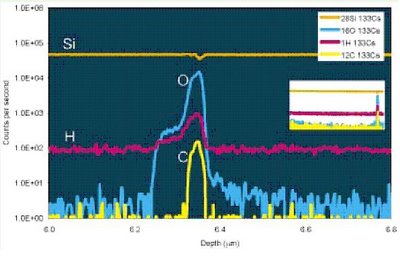The fourth Bangalore book festival has begun in Palace grounds from today and it will go on till 19th November. This festival has been organized by Bnagalore book sellers and publishers association, Festival hours: 11 a.m to 8 p.m. everyday. The ten days book carnival draws people from all corners of Bengaluru. This is a ticketed book fair and the ticket price is Rs. 20/-. Today I went to the book fair along with Deep and Santanu. It was Saturday and the crowd was thin inside the fair. We had plan a to identify stalls which we will target for thorough browsing first and then move to the others. It wasn’t a big fair so within half an hour our targets were identified and then we started our close look sessions. There were few publishers who brought the technical books: Oxford, Cambridge, Orient Longman, CBS are the places where we found some technical stuffs. There is a good collection of old and new books. Though the collection of classics is probably not much as Santanu appeared disappointed, but this was just the first day and I know we can explore more. There are few books which you can find in lots of stalls; Kiran Desai’s “Inheritence of loss”, Orhan Pamuks’ collections, Chetan Bhagat hovered the book fair. John Grisham or Jeffry Archers’ presence you can feel from the time you step inside the fair. Absence of stall from strand book shop was noteworthy! All three of us bought few books. Deep took wide spectrum of collection! Fron Sheila Dhar to Amitav Ghosh, I bought couple of books: “Maximum city” by Suketu Mehta and a small biography of SN Bose. There are 8 PCs with net, available in the book fair premises which are providing a soft copy of the book catalogue and also some details about the festival, few food stalls are also present outside the bookstall premises, to fill the stomach of the book worms and a stage where cultural programs will be held.
The experience of this festival is quite different from the “Kolkata Boi Mela”, well there can not be any comparison here, and still it’s a good effort in a city where people are becoming comfortable reading e-books. I am looking forward to visit the fair few more times and explore some more stuff, old habits doesn’t disappear soon!
Word of caution: avoid visiting the place when crowded. The stalls are small and become quite stuffy when crowded in the daytime.
The experience of this festival is quite different from the “Kolkata Boi Mela”, well there can not be any comparison here, and still it’s a good effort in a city where people are becoming comfortable reading e-books. I am looking forward to visit the fair few more times and explore some more stuff, old habits doesn’t disappear soon!
Word of caution: avoid visiting the place when crowded. The stalls are small and become quite stuffy when crowded in the daytime.


